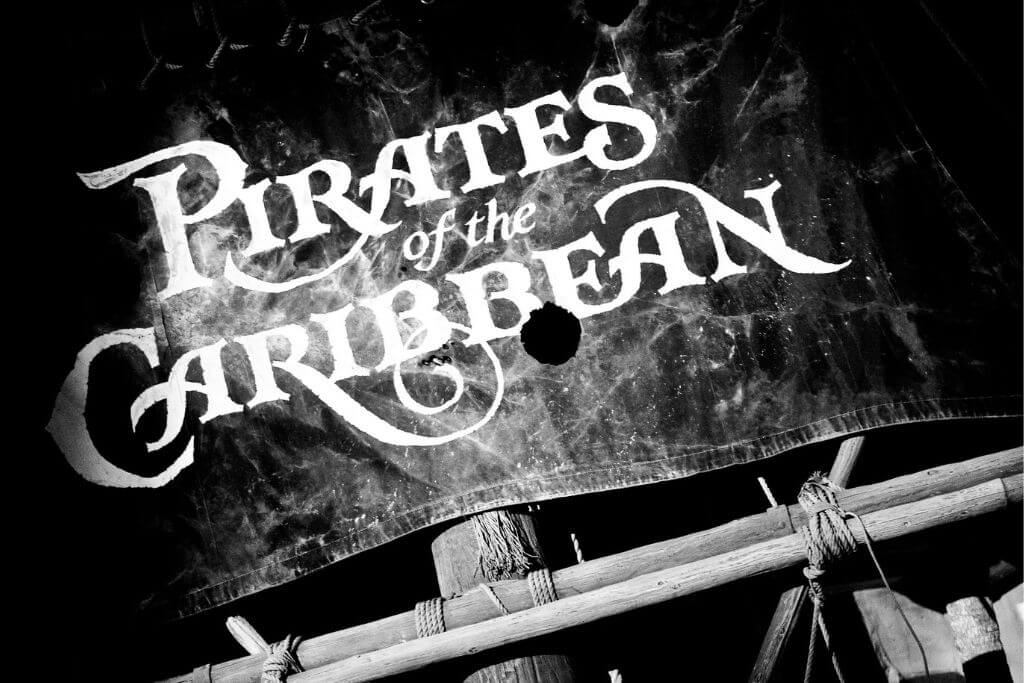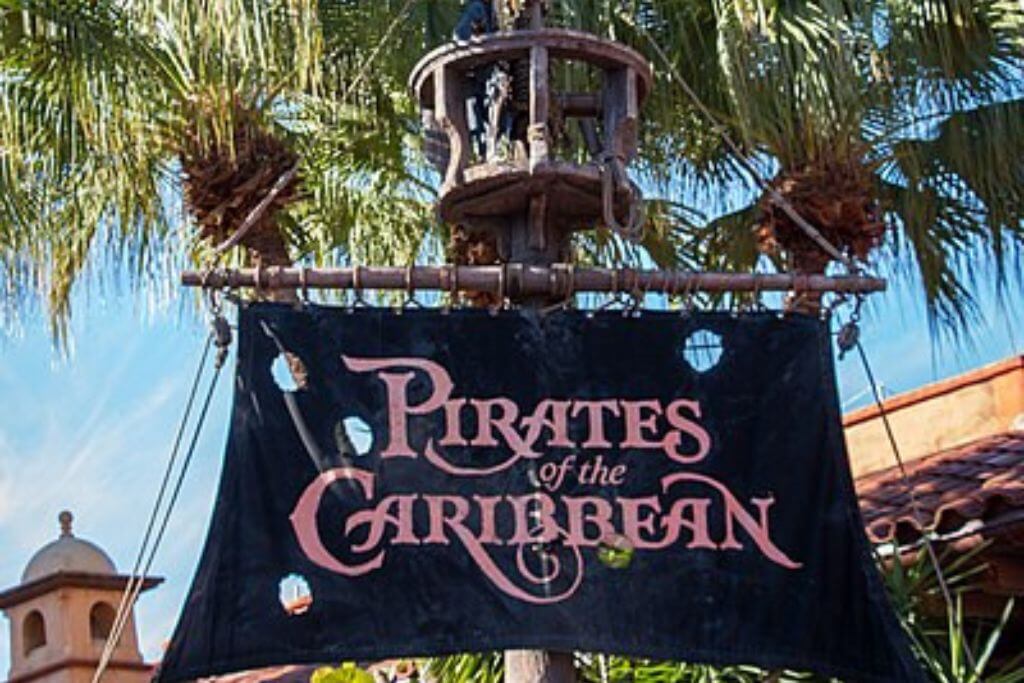Pirates of the Caribbean 1st film series grossed $1 billion
One of the most successful and interesting movies franchises Pirates of the Caribbean has gained extraordinary popularity. Those movies are made with such innovative ideas and interesting facts which made huge popularity and fellowship towards the movie.
The first film in the series, Pirates of the Caribbean: The Curse of the Black Pearl, was released in 2003 and received favorable reviews from both viewers and critics. Globally, it brought in US$654 million. Following the initial film’s commercial success, Walt Disney Pictures revealed plans for a series of movies.
Pirates of the Caribbean: Dead Man’s Chest, the second movie in the series, debuted in 2006 and immediately set financial records all over the world. With about US$1.1 billion at the global box office, Dead Man’s Chest became the highest-grossing film of 2006.
Pirates of the Caribbean: At World’s End, the third movie in the series came out in 2007 and made US$960 million. In 2011, Disney released a fourth movie with the working title On Stranger Tides in traditional 2D, Digital 3-D, and IMAX 3D.
At the time of its release, On Stranger Tides became the second installment in the saga and just the seventh movie in history to gross more than $1 billion. In 2017, a fifth movie named Dead Men Tell No Tales came out.
The franchise has made more than $4.5 billion in worldwide box office receipts; it is the 15th-highest-grossing film series of all time and the first to have two or more films with $1 billion or more in box office receipts.
Here we are defining some interesting parameters which are used in making film franchises.
About Pirates of the Caribbean: The Curse of the Black Pearl
Gore Verbinski agreed to helm The Curse of the Black Pearl in June 2002, and Johnny Depp and Geoffrey Rush agreed to start the following month. In addition to recalling his early memories of the ride, Verbinski was drawn to the concept of employing modern technology to revive a genre that had vanished during the Golden Age of Hollywood. He thought the movie was an opportunity to honor the “scary and humorous” tone of the ride.
Depp was drawn to the plot because he thought it was odd: instead of searching for treasure, the Black Pearl’s crew was attempting to return it in order to break their curse, and the typical mutiny had already occurred.
Rush was offered the part of Barbossa by Verbinski because he was confident that he would play it simply and villainously, in keeping with the tone of the story, rather than with attempts at sophistication. Rush, with whom he was collaborating on Ned Kelly, that Orlando Bloom read the script.
Verbinski was taken aback by Keira Knightley because he had not seen her in Bend It Like Beckham and had been impressed by her audition. Governor Swann was supposed to be played by Tom Wilkinson; however, Depp loved Jonathan Pryce and he ended up getting the part.
Some points about making Dead Man’s Chest and At World’s End
The cast and crew agreed to two sequels being shot back-to-back after seeing how well the first movie was done; Disney made this practical choice to give them more time to work with the same cast and crew.
The Curse of the Black Pearl (Pirates of the Caribbean 1) had to be retroactively changed into the first of a trilogy because writers Ted Elliott and Terry Rossio were aware that with an ensemble cast, they were constrained from creating completely original situations and characters, unlike with the Indiana Jones and James Bond series.
They initially contemplated using the Fountain of Youth as the plot element because they wanted to explore the reality of what would occur following Will Turner and Elizabeth Swann’s embrace at the conclusion of the first movie.
They decided to introduce the mythology that was mentioned twice in the previous movie, Davy Jones, the Flying Dutchman, and the Kraken. They created a fictionalized East India Trading Company to serve as the main opponent (they are barely referenced in the first movie), which for them served as an antagonist to the freedom of the individual that pirates stood for.
The sequels’ filming started on February 28, 2005, and Dead Man’s Chest and At World’s End wrapped up on January 10, 2007. The computer-generated Walt Disney Pictures emblem initially appeared in the second movie, which was also the first Disney theatrical feature film.
The most expensive film ever made Pirates of the Caribbean: On Stranger Tides
While making Pirates of the Caribbean: Dead Man’s Chest and At World’s End, Rossio and Elliot came across the book On Stranger Tides and decided to utilize it as the inspiration for a fourth movie. When Gore Verbinski declined, Bruckheimer asked Rob Marshall to take over as the film’s director.
Elliott and Rossio made the decision to make a stand-alone movie with a plot that would introduce fresh characters and borrow ideas from the book, including Edward “Blackbeard” Thatch, the Fountain of Youth, and mermaids—the latter two having already been mentioned in the previous movies.
In addition to Depp, Rush, Kevin McNally, Greg Ellis, and Damian O’Hare reprising their roles, Ian McShane as Blackbeard and Penélope Cruz as Angelica, Blackbeard’s daughter and Jack Sparrow’s love interest, were added to the cast.
Richard Griffiths serving as King George II of Great Britain was another addition. Disney tried to cut back on the fourth chapter by giving it a smaller budget and fewer special effects scenes after the expensive production of two concurrent movies. On Stranger Tides was filmed from June 14 through November 19, 2010. With cameras like those used in Avatar, it was also shot in 3D.
Pirates of the Caribbean 4, on the other hand, holds the record for being the costliest movie ever made with a $378.5 million budget.
The fifth installment Pirates of the Caribbean: Dead Men Tell No Tales
In January 2011, Terry Rossio’s screenwriting credit for the fifth film was verified without the participation of Ted Elliott. In January 2013, Jeff Nathanson agreed to write the movie’s script. On May 29 of the same year, Joachim Ronning and Espen Sandberg, two Norwegian directors, were chosen to direct.
The fifth movie will be titled Pirates of the Caribbean: Dead Men Tell No Tales, a reference to the well-known line from the Pirates of the Caribbean theme park ride. For marketing purposes, the movie was released under the alternate name Salazar’s Revenge in a few European, South American, and Asian nations.
They acknowledged their participation and commended Jeff Nathanson’s “funny and heartfelt” script, which was also influenced by the franchise’s first feature. Disney postponed the movie’s initial 2015 release date, and reports predicted a Summer 2016 release.
Script-related concerns caused the delay, producer Jerry Bruckheimer acknowledged, and Jeff Nathanson was working on a second trial based on a well-received outline.
The government agreed to redirect $20 million in tax incentives that were initially earmarked for the remake of 20,000 Leagues Under the Sea, and a representative for the Australian Arts Minister confirmed that the Pirates of the Caribbean 5 was scheduled to shoot in Australia.
The largest production ever to be shot in Australia, Disney, and Ian Walker, the Minister for the Arts for Queensland, announced in October 2014 that filming was scheduled to begin in February 2015.
Port Douglas and Village Roadshow Studios have both been officially confirmed as shooting venues. Australia’s production commenced on February 17 and ended on July 9.


2 thoughts on “Pirates of the Caribbean’s first film franchise grossed $1B”